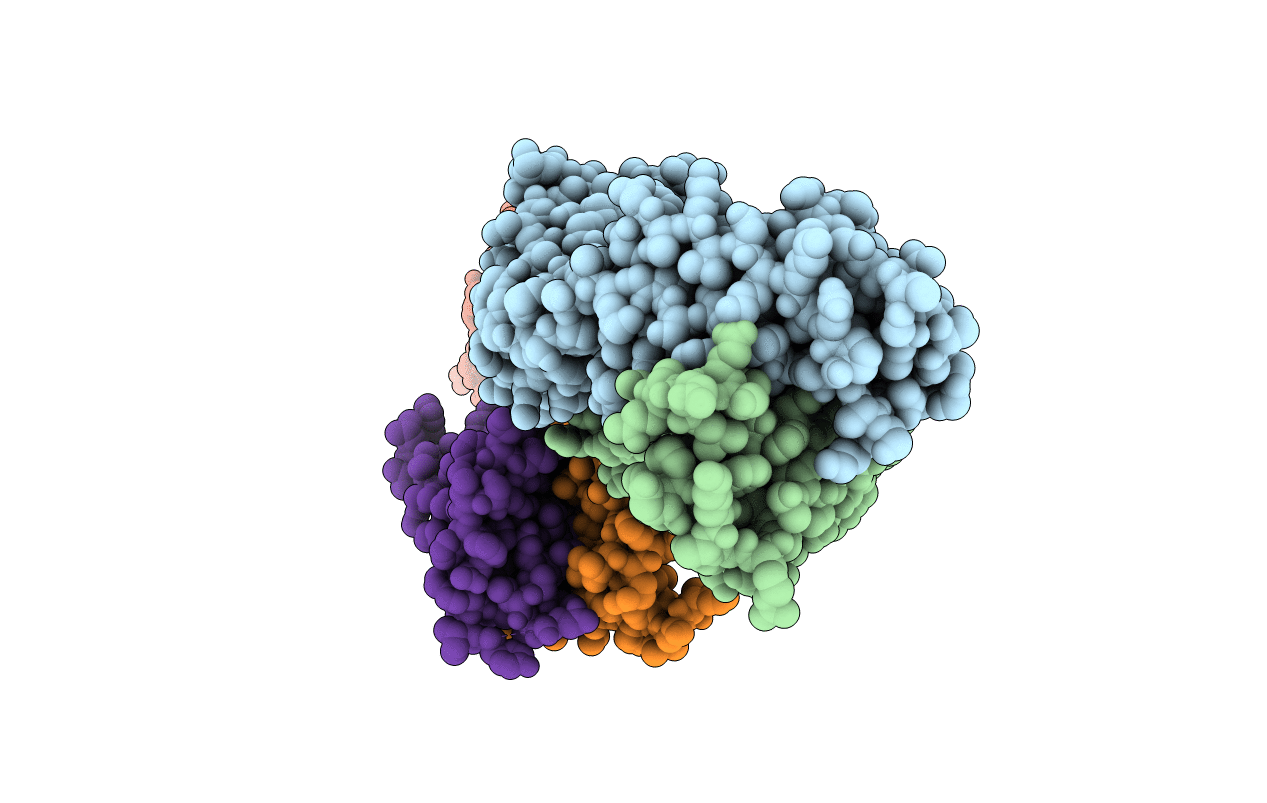
Deposition Date
2020-05-25
Release Date
2021-05-19
Last Version Date
2024-11-20
Entry Detail
Biological Source:
Source Organism:
Homo sapiens (Taxon ID: 9606)
Human immunodeficiency virus (Taxon ID: 12721)
Escherichia coli (Taxon ID: 562)
Human immunodeficiency virus (Taxon ID: 12721)
Escherichia coli (Taxon ID: 562)
Host Organism:
Method Details:
Experimental Method:
Resolution:
3.26 Å
R-Value Free:
0.29
R-Value Work:
0.25
R-Value Observed:
0.25
Space Group:
P 32


